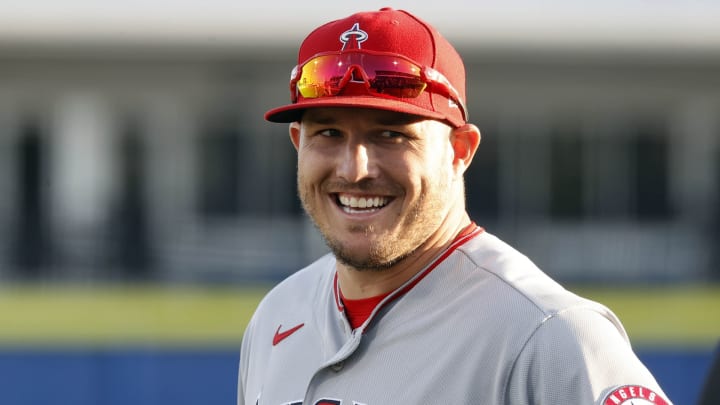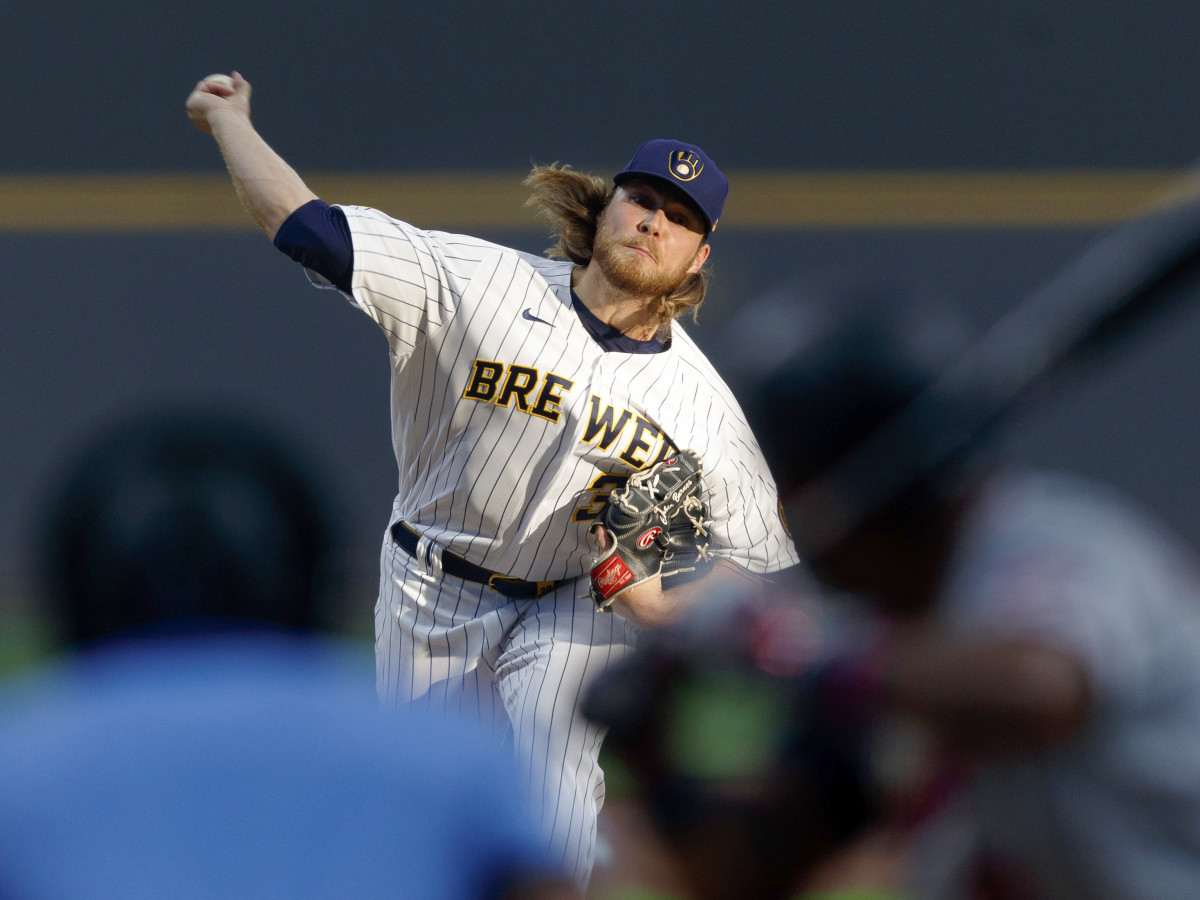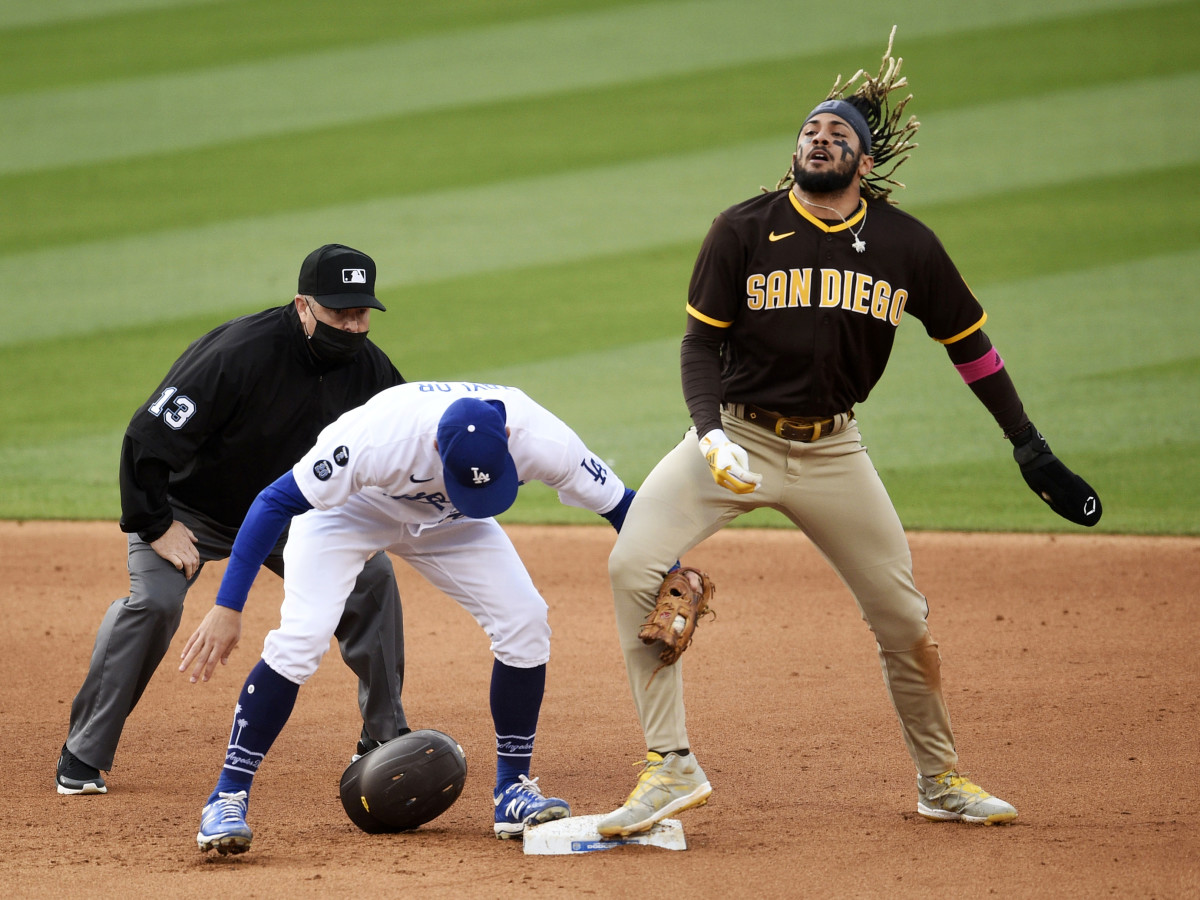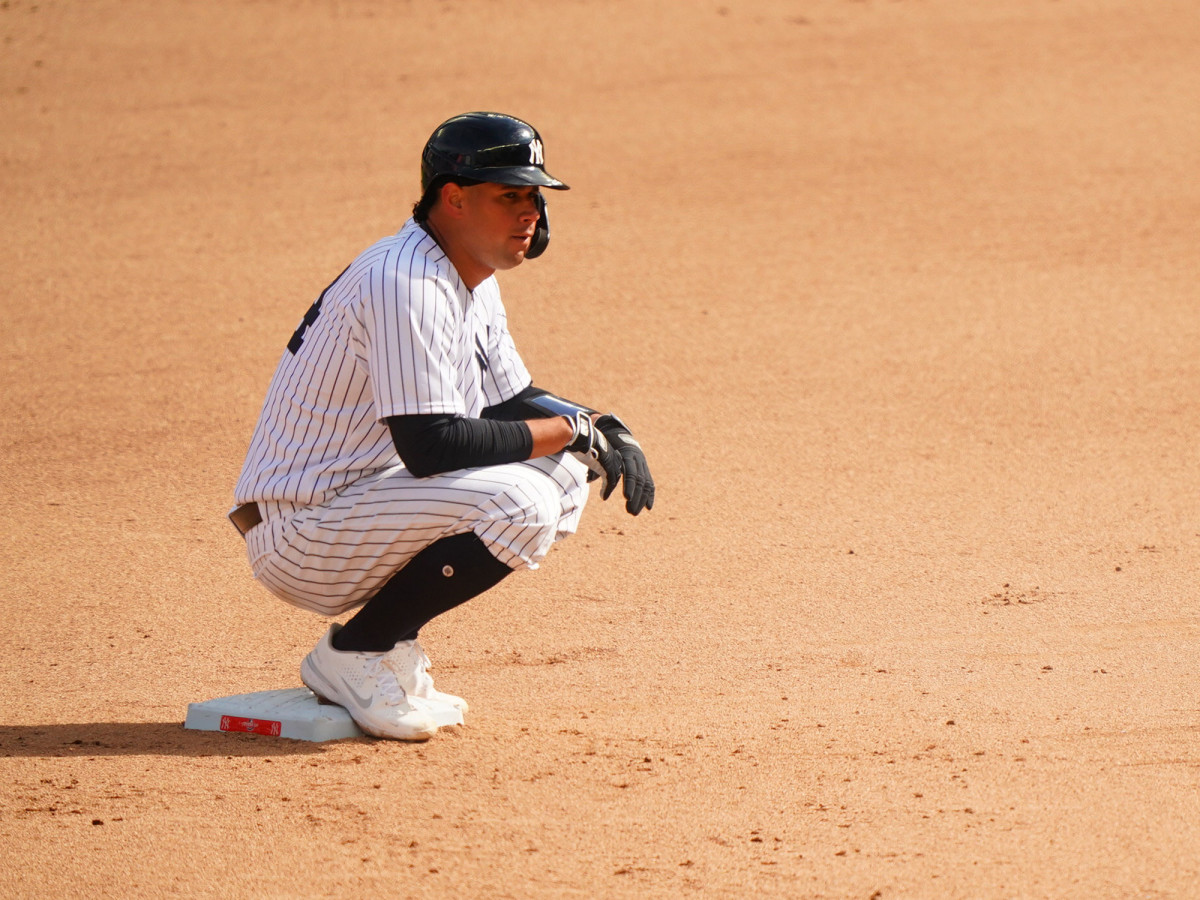Five Takeaways From Baseball's First Month

Welcome to The Opener, where every weekday morning you’ll get a fresh, topical column to start your day from one of SI.com’s MLB writers.
Congratulations! We’ve made it to the end of April—which means that baseball is a month into the season and therefore can be analyzed (somewhat) concretely. So what have we learned about MLB in 2021? (Other than that offense is down and position players pitching are up.) Here are five takeaways:
Pitching staffs are back to normal-ish
Last year was a horrendous one to manage a pitching staff. Between the sudden onset of the season, the punishing schedule, the fact that there were no traditional minor leagues for rehab assignments… it was rough! The length of the average start sank to an all-time low 4.8 IP. Part of that was influenced by the schedule itself—a natural byproduct of a calendar stuffed with seven-inning doubleheaders. But the rest of it was teams managing their staffs carefully with an eye toward injury risk, trying not to overwork anyone and spreading the workload around. This meant that a whopping 735 players pitched in the 60-game season in 2020—that’s the exact same number that pitched in a full season in 2015 and a hundred more than pitched in a full season in 2010.

But it was hard to determine just how the situation would change in 2021. For one thing, even though this season is on a regular schedule after a full spring training, there are still concerns about workload management and injury risk for pitchers coming off such an odd year. (With young pitchers who spent some or all of last season at the alternate site, rather than in game situations, there are particular worries.) And perhaps more pressingly, these trends weren’t created by 2020, they were just exacerbated by it. For the last decade, MLB had already been trending toward shorter starts and bigger bullpens, and pandemic baseball had only sped that up. So would 2021 keep going on that fast-tracked path? Or would it revert back to where it had been before?
So far, it looks like the latter. The length of the average start has ticked back up to 5.1 IP—above where it was last season but just below where it was in 2019. (Which puts it below every other season in history.) In other words, 2020 does not seem to have intensified the push toward shorter starts and increased reliance on bullpens. Instead, it’s just kept going more or less at the rate that it was before the pandemic.
Steals are disappearing...
Among the other quirks of 2020: stolen bases, which had otherwise been on a steady downward trend for about a decade, actually ticked up! In 2019, steals had slipped below a team rate of one per every two games for the first time in almost half a century. But in 2020, they inched back upward, perhaps indicating that the number wouldn’t fall any further.

Or not. Teams have 0.46 stolen bases per game so far in 2021—the lowest rate since 1971. And the most notable feature here? The current incidence of failed steals is the lowest in history. (That’s 0.14 guys caught stealing per game.) Which indicates that teams are managing to grow ever more discerning about when they steal. The old statistical wisdom is that trying to steal is worth it only if the chance of success is above 75%; in recent years, as teams have become more sensitive to this ideal, the league-wide stolen base rate has hovered juuuust below that, at 72% or 73%. Now? It’s crossed that mark for the first time and sits at 77%. Teams are stealing less but are doing so with greater success.
...and so is control (kind of).
Walks have not increased this year. But hit-by-pitches and wild pitches have. (Baseball Prospectus wrote about the former at some length earlier this week.) The hit-by-pitch figure—one per every two games per team—is the highest ever. The previous record was a tie between 1898 and 1899—you know, an era where the ball was frequently dirty or hard to see and pitchers famously did not have great finesse. MLB is now hitting more batters than it did then. Meanwhile, the wild pitch rate is not currently on pace to set an all-time record, but it is the highest since 1891, so… take that as you will. (It’s now at 0.41 wild pitches per team per game.)
Given those two figures, you might expect walks to be up, too, indicating a loss of control across the board. But, again, that isn’t happening! What we have here suggests something different—that pitchers might generally be in control, but they’re throwing really hard, and batters have less time to get out of the way if they have to.

The American League is topsy-turvy.
No, a month isn’t long enough to tell anything definitive about the standings. But it’s striking just how scrambled the standings are in the AL. If you expected the Yankees, Twins, and Astros to roll in their respective divisions… congratulations, all are in fourth place! If you expected the Red Sox and Royals to struggle… two first-place teams! There should be some recalibration here; New York’s bats cannot continue to be this ice cold for that much longer, Minnesota should not keep unraveling this disastrously late in games, and so on. But it suggests that maybe there is more potential for surprise here than originally expected.
Which is not to say that everything has gone exactly according to plan in the National League. But by comparison—Dodgers in the West (though the Giants actually enter play Friday in first place), traffic jams in the East and Central!—it’s positively a model of order.
Is this Mike Trout’s year?
Sure, in a sense, Mike Trout’s year is every year. Mike Trout enjoys a Mike Trout year simply by stepping on the field. But this is his best so far—he’s never started the season like this before. His previous April record for OPS was 1.151 in 2017, a year where he finished as the best hitter in baseball and, had his season not been cut short by injury, likely would have been the MVP.
His April OPS this year is 1.306. He’s slugging like never before. This year will mark a decade since his debut, but in case you forgot, he’s brought a reminder—he is, yes, still the best player in baseball.
More MLB:
• MLB Must Amend Three-Batter Rule After Scary Situation
• Will Slow Starts Doom These Four Contenders?
• How Worried Should MLB Be About Offensive Struggles?
• What Jay Bruce's Retirement Means for the Shift
